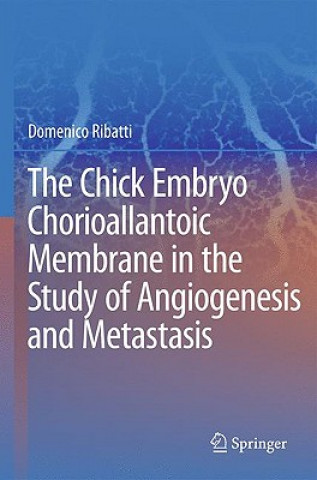
Kód: 01973123
Chick Embryo Chorioallantoic Membrane in the Study of Angiogenesis and Metastasis
Autor Domenico Ribatti
The chick embryo chorioallantoic membrane (CAM) is an extraembryonic membrane which serves as a gas exchange surface and its function is supported by a dense capillary network. Because of its extensive vascularization and easy acc ... celý popis
- Jazyk:
 Angličtina
Angličtina - Vazba: Pevná
- Počet stran: 124
Nakladatelství: Springer, 2010
- Více informací o knize

Mohlo by se vám také líbit
-
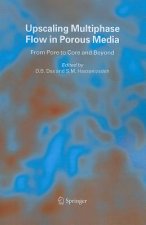
Upscaling Multiphase Flow in Porous Media
3289 Kč -

Influence of Sea Power upon the French Revolution and Empire, 1793-1812
1671 Kč -

Monsieur Notebook Leather Journal - Black Plain Small A6
282 Kč -

Contraction and Convergence
443 Kč -

Crossovers
815 Kč -

We are Mesquakie, We are One
430 Kč -

Historians Without Borders
5255 Kč
Darujte tuto knihu ještě dnes
- Objednejte knihu a zvolte Zaslat jako dárek.
- Obratem obdržíte darovací poukaz na knihu, který můžete ihned předat obdarovanému.
- Knihu zašleme na adresu obdarovaného, o nic se nestaráte.
Více informací o knize Chick Embryo Chorioallantoic Membrane in the Study of Angiogenesis and Metastasis
Nákupem získáte 329 bodů
 Anotace knihy
Anotace knihy
The chick embryo chorioallantoic membrane (CAM) is an extraembryonic membrane which serves as a gas exchange surface and its function is supported by a dense capillary network. Because of its extensive vascularization and easy accessibility, the CAM has been broadly used to study the morpho-functional aspects of the angiogenesis process in vivo and to investigate the efficacy and mechanisms of action of pro-angiogenic and anti-angiogenic natural and synthetic molecules. The CAM is a suitable site for transplanting tissues, which can survive and develop in the CAM by peripheral anastomoses between graft and original CAM vasculature or by new angiogenic vessels grown from the CAM that invade the graft. While the formation of peripheral anastomoses between host and pre-existing donor vessels is the main, and the most common, mechanism involved in the revascularization of embryonic grafts, the growth of CAM-derived vessels into the graft is only stimulated in tumor grafts. The CAM has long been a favored system for the study of tumor angiogenesis and metastasis, because at this stage the chick immunocompetence system is not fully developed and the conditions for rejection have not been established. Tumors remain avascular for 72 h, after which they are penetrated by new blood vessels and begin a phase of rapid growth. Also, delivery of tumor cells onto the CAM allows the fine study of the effects of tumor derived angiogenic growth factors on blood vessel structure and functionality. The CAM may also used to verify the ability to inhibit the growth of capillaries by implanting tumors onto the CAM and by comparing tumor growth and vascularization with or without the administration of an anti-angiogenic molecule. Other studies using the tumor cells/CAM model have focused on the invasion of the chorionic epithelium and the blood vessels by tumor cells. The cells invade the epithelium and the mesenchymal connective tissue below, where they are found in the form of a dense bed of blood vessels, which is a target for intravasation.
 Parametry knihy
Parametry knihy
Zařazení knihy Knihy v angličtině Medicine Clinical & internal medicine Diseases & disorders
3289 Kč
- Plný název: Chick Embryo Chorioallantoic Membrane in the Study of Angiogenesis and Metastasis
- Podnázev: The CAM assay in the study of angiogenesis and metastasis
- Autor: Domenico Ribatti
- Jazyk:
 Angličtina
Angličtina - Vazba: Pevná
- Počet stran: 124
- EAN: 9789048138432
- ISBN: 9048138434
- ID: 01973123
- Nakladatelství: Springer
- Hmotnost: 368 g
- Rozměry: 245 × 165 × 14 mm
- Datum vydání: 28. February 2010
Oblíbené z jiného soudku
-

Healing Add
455 Kč -

Radical Remission
412 Kč -

Cancer as a Metabolic Disease - On the Origin, Management, and Prevention of Cancer
4229 Kč -
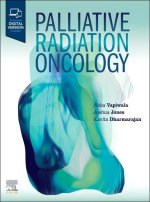
Palliative Radiation Oncology
4787 Kč -

Roitt's Essential Immunology 13e
1772 Kč -
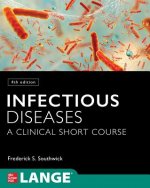
Infectious Diseases: A Clinical Short Course
2403 Kč -

CT Anatomy for Radiotherapy
2388 Kč -

Bethesda Handbook of Clinical Oncology
2003 Kč -

How to Starve Cancer
538 Kč -
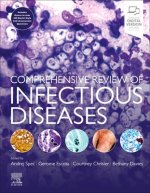
Comprehensive Review of Infectious Diseases
3367 Kč -

Spillover
330 Kč -

Healing Lyme Disease Coinfections
465 Kč -

Allergic to Life
1132 Kč -
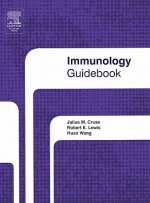
Immunology Guidebook
6742 Kč -
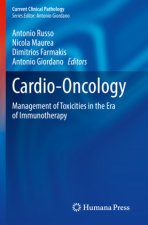
Cardio-Oncology
2942 Kč -

Schaum's Outline of Immunology
771 Kč -

Emperor of All Maladies
356 Kč -

Natural Treatments for Lyme Coinfections
422 Kč -

Oxford Handbook of Clinical Immunology and Allergy
1139 Kč -
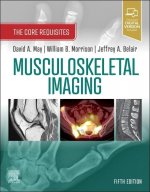
Musculoskeletal Imaging
2670 Kč -
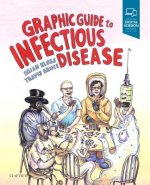
Graphic Guide to Infectious Disease
1119 Kč -
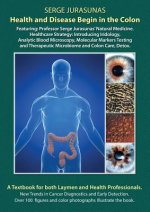
Health and Disease Begin in the Colon
1308 Kč -

Oxford Handbook of Infectious Diseases and Microbiology
1335 Kč -
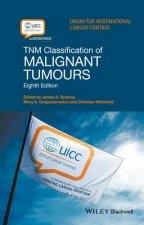
TNM Classification of Malignant Tumours 8e
1293 Kč -

Cancer and the New Biology of Water
599 Kč -

Basic Immunology
1694 Kč -

Autoimmune Solution
302 Kč -
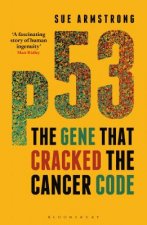
p53
343 Kč -
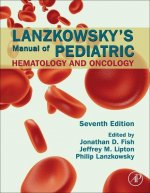
Lanzkowsky's Manual of Pediatric Hematology and Oncology
5498 Kč -

Principles of Gynecologic Oncology Surgery
7164 Kč -

Radiation Oncology Management Decisions
2982 Kč -

Netter's Infectious Diseases
2131 Kč -

Atlas of Multiparametric Prostate MRI
5280 Kč -
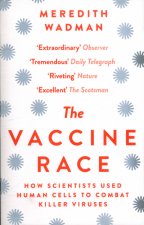
Vaccine Race
302 Kč -

Complete Guide to Breast Cancer
463 Kč -
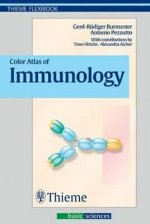
Color Atlas of Immunology
610 Kč -

Compatibility Gene
302 Kč -

Key to Self-Liberation
2314 Kč -
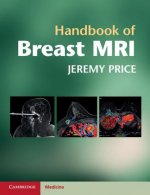
Handbook of Breast MRI
3266 Kč -
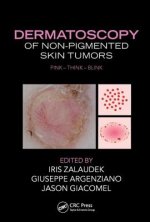
Dermatoscopy of Non-Pigmented Skin Tumors
5927 Kč -

Breast Ultrasound
2650 Kč -

Manson's Tropical Diseases
5000 Kč -

Abeloff's Clinical Oncology
8550 Kč -
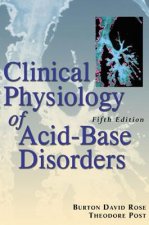
Clinical Physiology of Acid-Base and Electrolyte Disorders
3004 Kč -
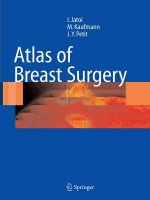
Atlas of Breast Surgery
7421 Kč -
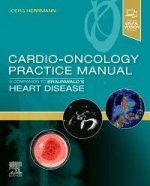
Cardio-Oncology Practice Manual: A Companion to Braunwald's Heart Disease
2965 Kč -
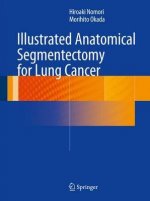
Illustrated Anatomical Segmentectomy for Lung Cancer
4390 Kč -
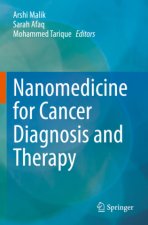
Nanomedicine for Cancer Diagnosis and Therapy
5945 Kč -

Chemotherapy Protocols and Infusion Sequence
2942 Kč
Osobní odběr Praha, Brno a 12903 dalších
Copyright ©2008-24 nejlevnejsi-knihy.cz Všechna práva vyhrazenaSoukromíCookies



 Vrácení do měsíce
Vrácení do měsíce 571 999 099 (8-15.30h)
571 999 099 (8-15.30h)